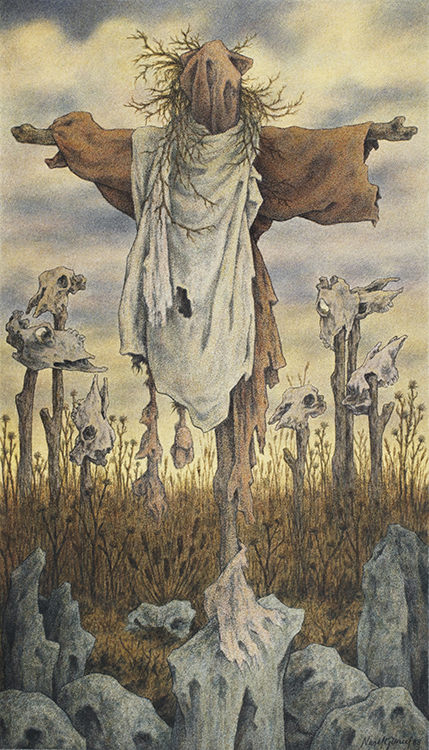- Closed Today
- Ticket
- Shop
- Membership
- TR EN

Neşet Günal, 1923-2002
Scarecrow IX, 1988
Neşet Günal entered the Academy of Fine Arts in 1939 and studied under Léopold Lévy. He graduated in 1946 at the top of his class. In 1948 he earned a European scholarship with which he went to France, where he initially worked in the studios of André Lhote and Fernand Léger. In his drawings and paintings, the figure always has a monumental quality. The people always look firm, strong, and resilient, whatever their circumstances. These figures are not independent from the places they inhabit, but are rather imprinted within the geography they exist, from its landforms and architectural characteristics to its sky and earth. In this sense, Günal transformed into symbols the social realities he observed and the details that characterized them. He believed that art has a social function— that a close relationship exists between the utility and reality of art
Through a distinctive technique characterized by his choice of materials and colors, Günal focuses on the culture of agriculture in Anatolia, the unseen aspect of the everyday lives of seasonal workers, and the harsh living conditions they and their families face. “Scarecrow IX” is a traditional representation of agriculture, an example of how humans create solutions using materials found in nature.
Painting
Oil on canvas
183 x 105 cm
Dr. Nejat F. Eczacıbaşı Foundation Collection
Istanbul Museum of Modern Art / Long-Term Loan